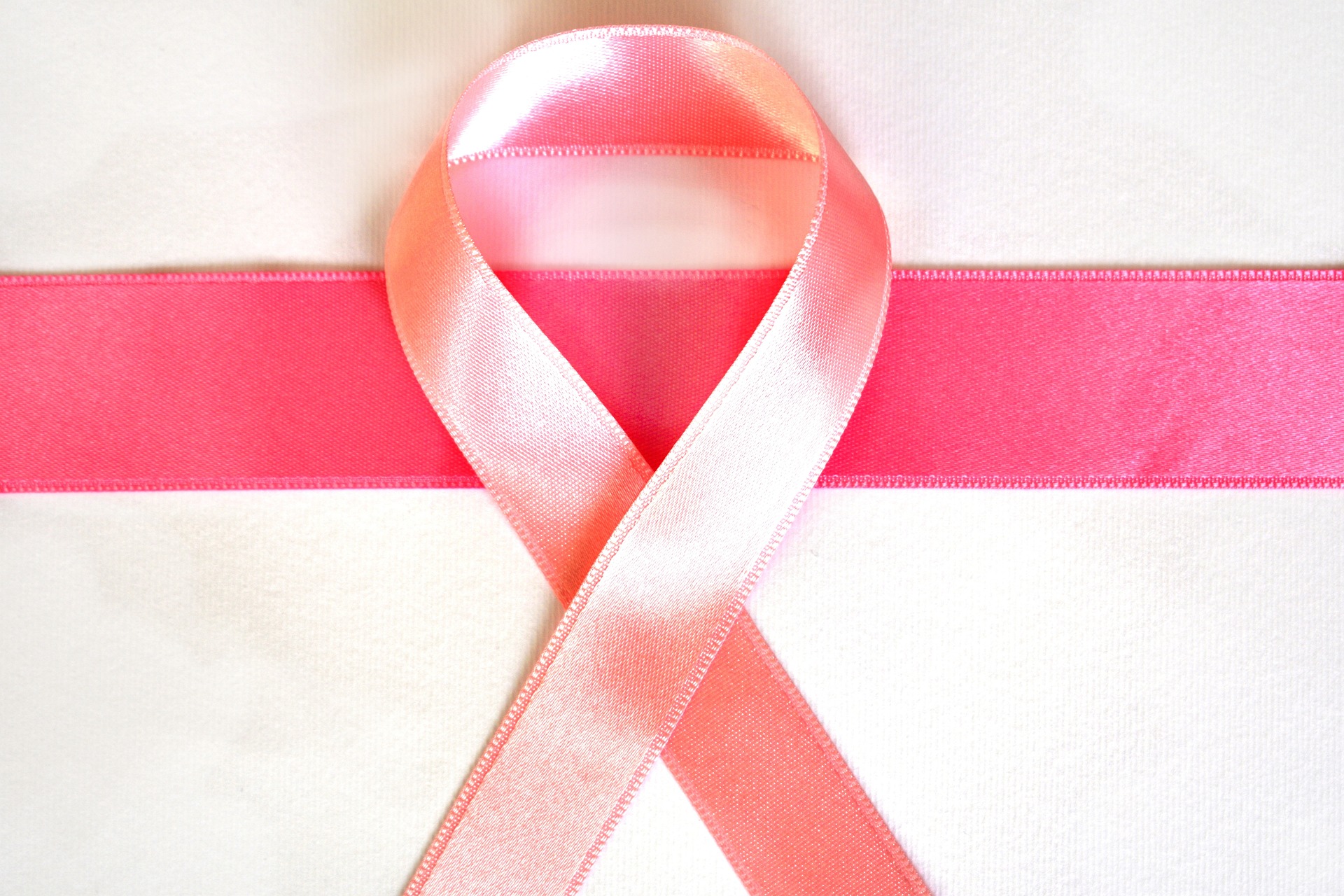
Breast Cancer: What You need to Know and Ways to Decrease the Potential Risks
Written by Christine Bishara MD
The prevalence of Breast cancer globally is on the rise and is estimated to affect one in every eight females. In the United States, it is the most common cancer in females. The rate of new cases of female breast cancer in the US is 126.9 per 100,000 women per year, and it is the second most common cause of death. In 2023, it is estimated that 43,700 deaths from breast cancer will occur in the United States.
Breast cancer is a disease that affects many women and there have been many studies that point out the risk factors that increase the chances of developing it.
How familiar are you with the risks you face and the steps you can take to reduce them? Let’s take a look at some of the potential factors that may put certain women at higher risk.
POTENTIAL RISK FACTORS:
They include:
- Aging Process: The occurrence of Breast cancer rises as we age. Estimates show that as much as one in every fourteen women past the age of 70 being diagnosed with breast cancer.
- Weight Gain and a BMI over 30: In women who have gone through menopause, having a higher body mass index (BMI) may increase the risk of breast cancer. This is because the adipose tissue in the body can convert estrogen precursors into higher levels of estrogen, which can lead to estrogen dominance – a known risk factor for breast cancer.
- Breast density: Women with breast density. Mammographic based density which exceeds (takes up more than) 75% of breast tissue, are at higher risk of developing breast cancer.
- Hormonal factors: This relates to increased endogenous levels of circulating estrogen.
- Oral contraceptive usage: The occurrence of the development of breast cancer is more pronounced with current or recent use of oral contraceptives and appears to decline within 2-5 years of discontinuation.
- Early menstruation and late menopause: As noted previously, this again may be due to the extended circulating levels of estrogen.
- Absence of Pregnancy: Women who have never been pregnant or who have become pregnant at an older age (> 35 years) are at higher risk.
- Genetic Factors: A family history as well as individualized factors. Notedly, a genetic predisposition and presence of cancerous genetic factors.
- Smoking and Alcohol usage: The usage of both of these substances have been shown to create a higher risk of breast cancer development.
- Ionizing radiation Exposure: Particularly during childhood either for treatment of blood related malignancies ex. (Hodgkin Lymphoma), or exposure to atomic and nuclear accidents.
- Vitamin D Deficiencies: A deficiency in vitamin D has been shown to be a risk factor because vitamin D can inhibit growth of cancer cells. Coincidentally, a deficiency in vitamin D has also been linked to a higher risk of colorectal cancers.
- Iodine Deficiency: A deficiency in Iodine can lead to an uncontrolled increase in estrogen levels. When it is functioning normally it helps to balance estrogen levels.
As a woman, you might be concerned about the risk factors associated with breast cancer. However, it’s important to note that although some of these factors are beyond your control there are several key factors that can be taken to decrease the potential risk.. Let’s explore them together.
BENEFICIAL THINGS THAT CAN BE DONE:
These include:
- Breastfeeding: Breastfeeding is considered protective as it leads to a delay of re-establishment of ovulatory cycles. The number of pregnancies also decrease risk for similar reasons.
- Exercise: Increase in physical activity actually decreases ones risk. It works by keeping our body mass index (BMI) low while also keeping our circulating estrogen levels lower as well.
- Weight loss: This is particularly important in post-menopausal women. According to a meta-analysis conducted on 50,000 women who had no prior experience with hormone replacement therapy, losing 20 pounds after menopause was linked with a reduced chance of developing breast cancer.
- Low Fat Diet: Keeping dietary fat intake to less than 25% of one’s total caloric intake was associated with lower risk of breast cancer according to some studies.
- High Antioxidant Rich Diets: According to a study conducted on 4300 women aged between 60-80 years, following a Mediterranean-style diet that includes fruits, vegetables, olive oil, nuts, and wild fish was linked with a reduced risk of breast cancer. The findings showed that women following this diet had a lower incidence of breast cancer compared to the general population.
- Vitamin D Maintenance: Maintaining sufficient levels of vitamin D can help reduce the risk of breast cancer. Additionally, it is crucial to ensure that you are receiving an adequate amount of iodine in your diet. Although iodine deficiency was once rare in industrialized countries, the use of non-iodized salts and salt alternatives, such as Himalayan salt, have become more common. To ensure proper iodine intake, it’s important to consume iodized salt and incorporate sources such as dulse flakes, seaweed, and kelp into your diet.
CONCLUSION:
For many women, breast cancer is a very scary thing to think about. That’s why it’s important for women to know about the signs and symptoms of the disease as well as the best ways to prevent it.
The risk of developing breast cancer increases with age. It’s estimated that more than one-third of women will develop breast cancer in their lifetime, and most of them will be diagnosed sometime between the ages of 40 to 70 years old.
It is important to remember that, based on what we know today, all women – regardless of their personal or family history – can take advantage of a variety of strong, effective breast cancer prevention strategies, many of which do not involve taking any medication. The most important thing is to take an active approach to staying on top of and monitoring your breast health.
Consult with a healthcare professional to determine the best preventive plan of action especially if you’re at higher risk. By taking proactive steps towards breast cancer prevention, women can improve their chances of living a long and healthy life. And as always we are here to help.
